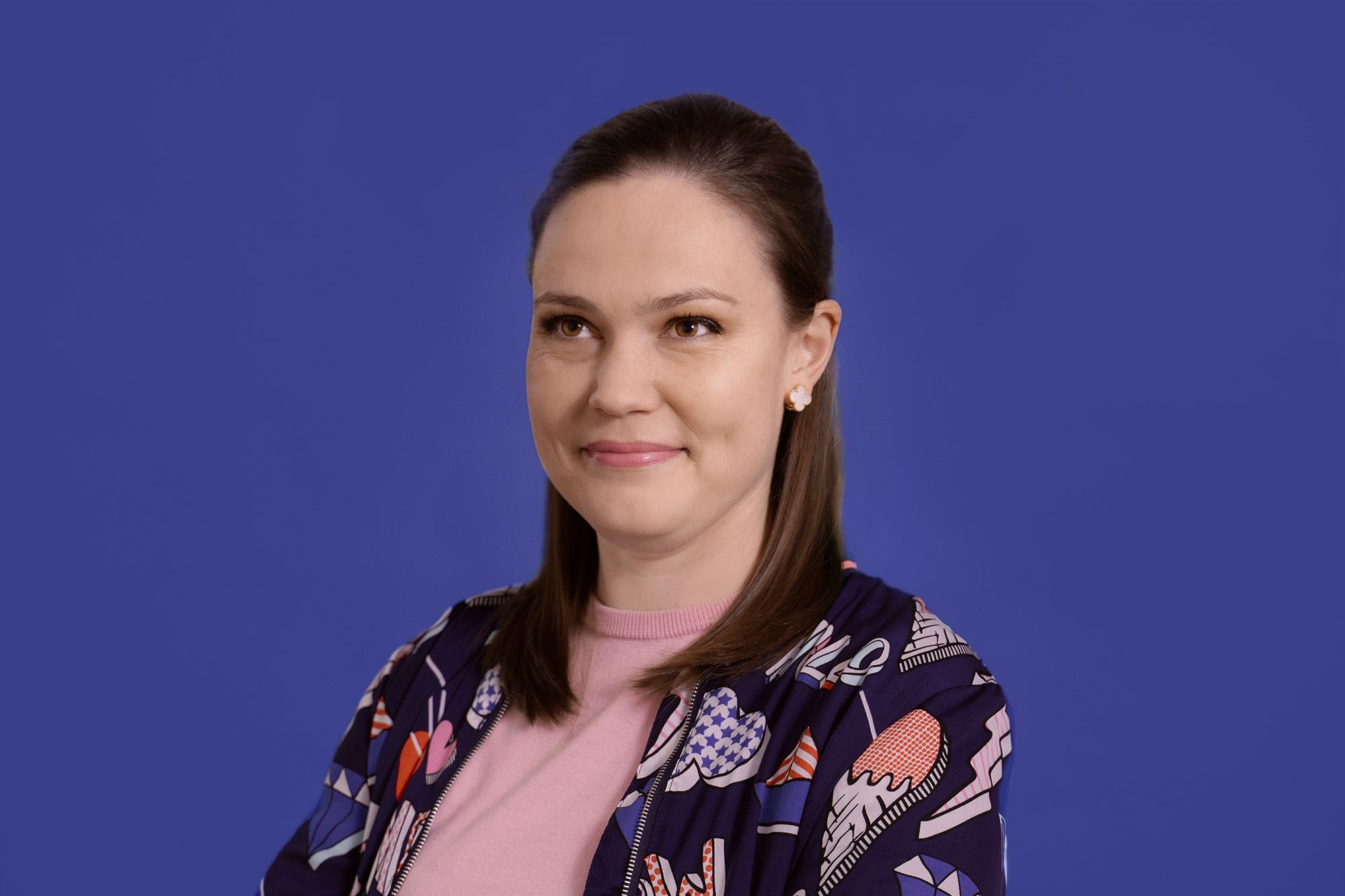
Open Access
As featured in The Listener (March 4-10th, 2023)
“The fine art of subtitling has become even more useful in the age of streaming, and is too important to be left to machines, Dan Buckingham (Chief Executive of Able) tells Sharon Stephenson.”
Able uses a hybrid blend of artificial intelligence (AI) technology and human skill to transcribe more than 2,750,000 words each week, providing them free to broadcasters to screen. Funded by NZ On Air, the company’s core audience is deaf and blind New Zealanders and those with low vision.
“As much as a fifth of New Zealand’s population has difficulty accessing mainstream media content,” says Buckingham. That equates to about 880,000 viewers who are deaf or hard-of-hearing, and another 180,000 who are blind or have low vision. Other users include those for whom English is a second language.
“When you provide captions and audio description, you’re giving these Kiwis much-needed access to news, entertainment and culture. You’re opening up your content to all, not just some, and ensuring that the entire country, in all its diversity, can enjoy the entertainment.”
“Able’s remit spans four types of service – subtitles for foreign language programmes, offline captions, live captions and audio description. Offline involves captions for pre-recorded programmes such as Shortland Street and includes using software to transcribe the dialogue and sound effects correctly, often to tight turnaround times. Live subtitles capture events as they happen, such as the 6pm news or TVNZ’s Breakfast, children’s TV show What Now and sporting events such as rugby games” says Buckingham.
For live captioning, staff sit in a booth listening to a programme’s audio and ‘respeaking’ it in real-time in a voice that software can pick up and turn into captions. Then there’s audio description, primarily for the blind and those living with low vision, where spoken audio describes what’s happening on screen – for example, “Chris Warner walks into the hospital.”.
Buckingham’s staff are hired not just for their transcription, grammatical and spelling prowess but for their understanding of the nuances of language, contextual awareness, description, timing, readability, sound effects and subtle style rules that probably go unnoticed by most viewers.
“It’s also important that our transcribers are New Zealanders who can add that specific localisation and cultural competency of embracing te reo Māori. We’re committed to protecting our language, so our work needs to support that.”
By Sharon Stephenson for The Listener.
Read the rest of the article in The Listener, March 4-10, page 28 – 31.





